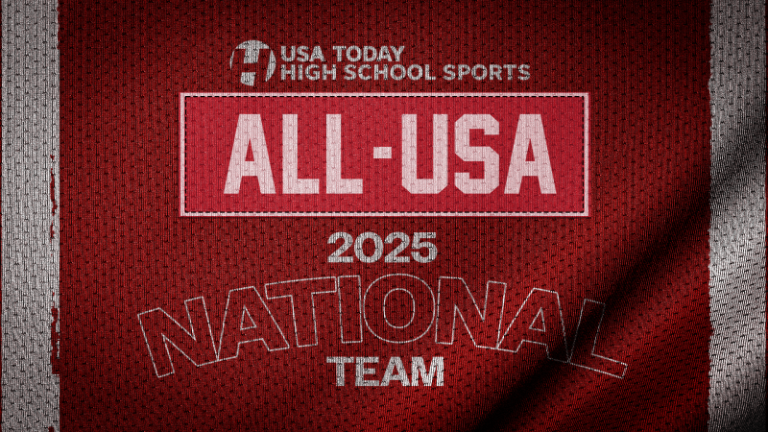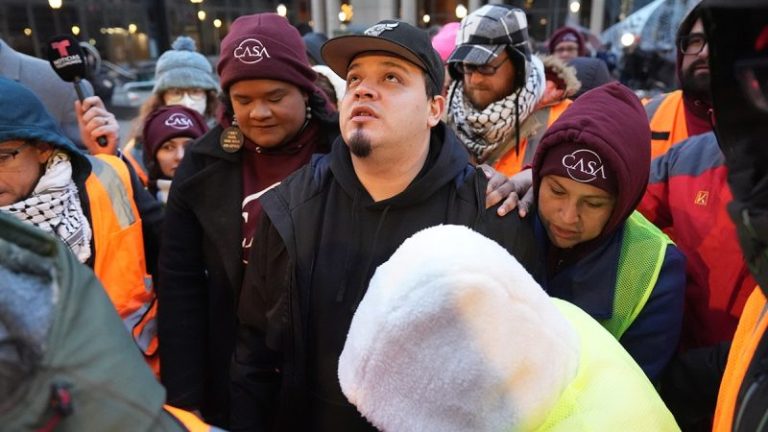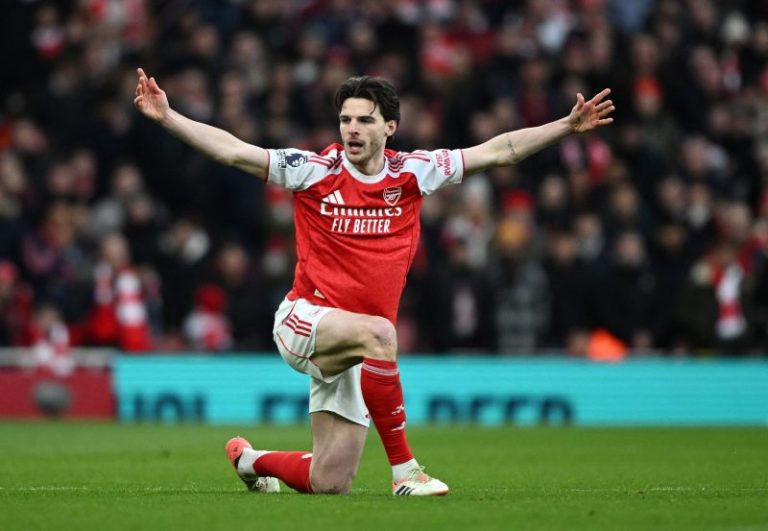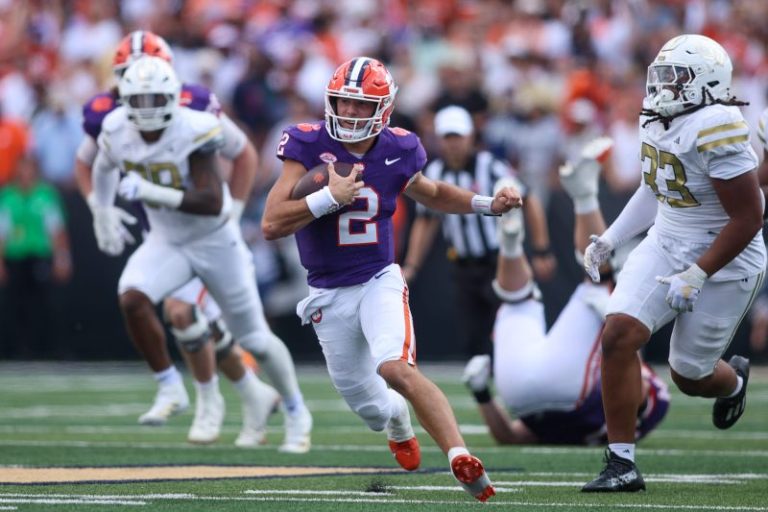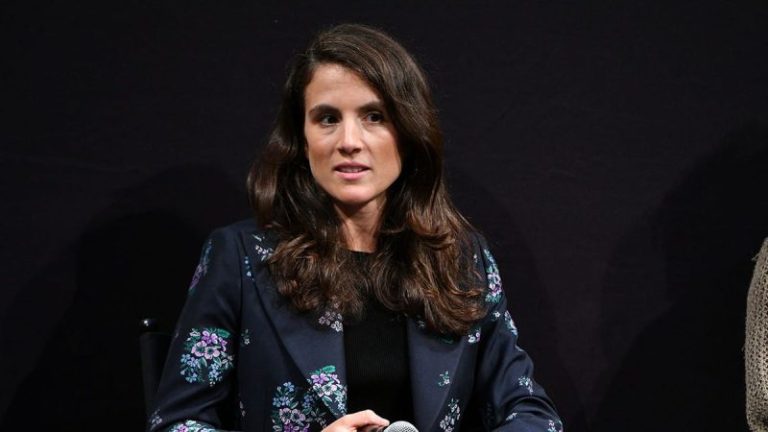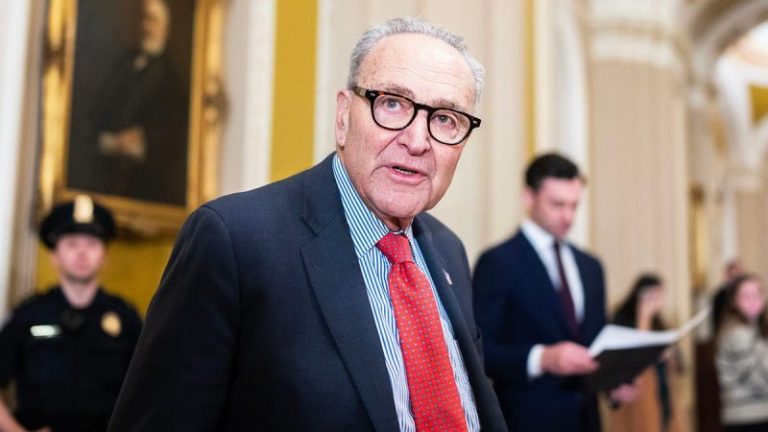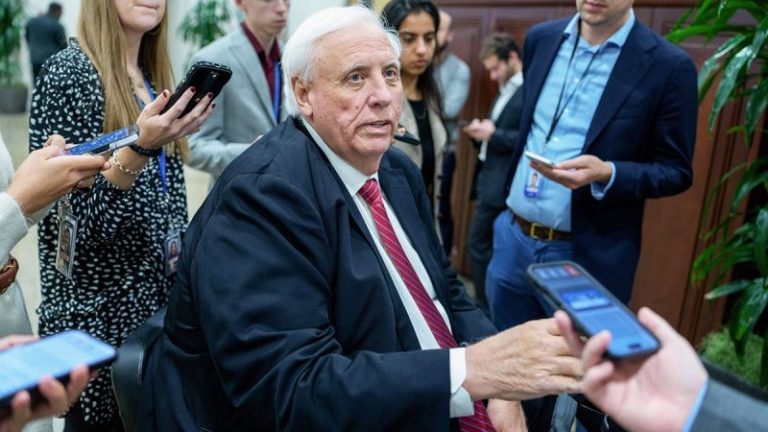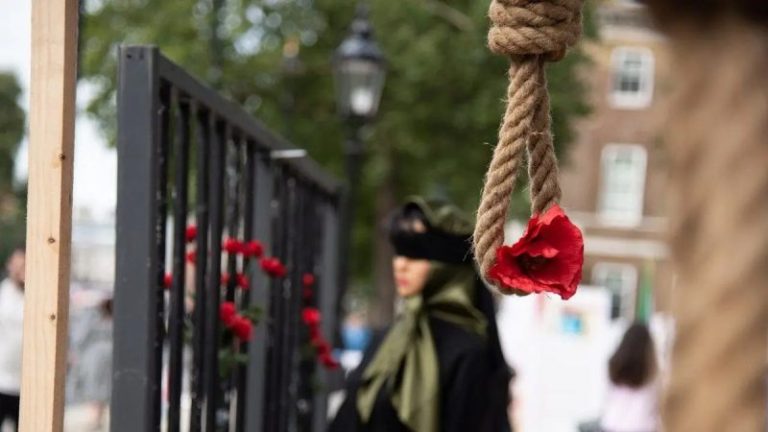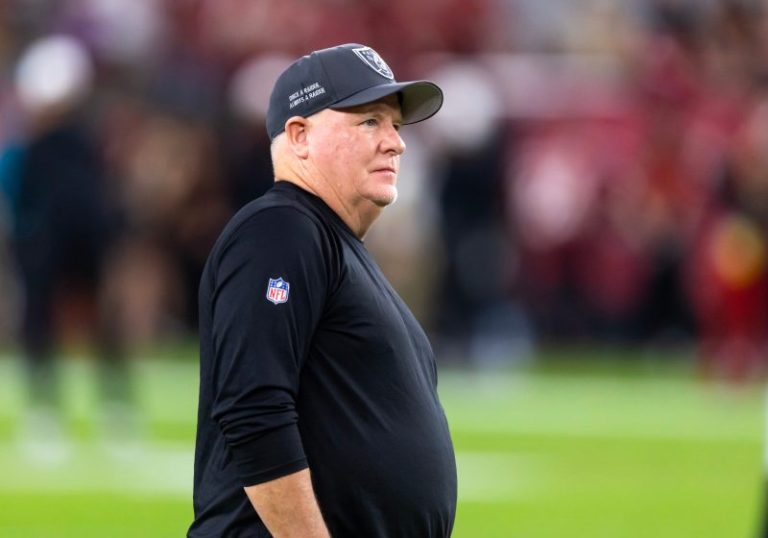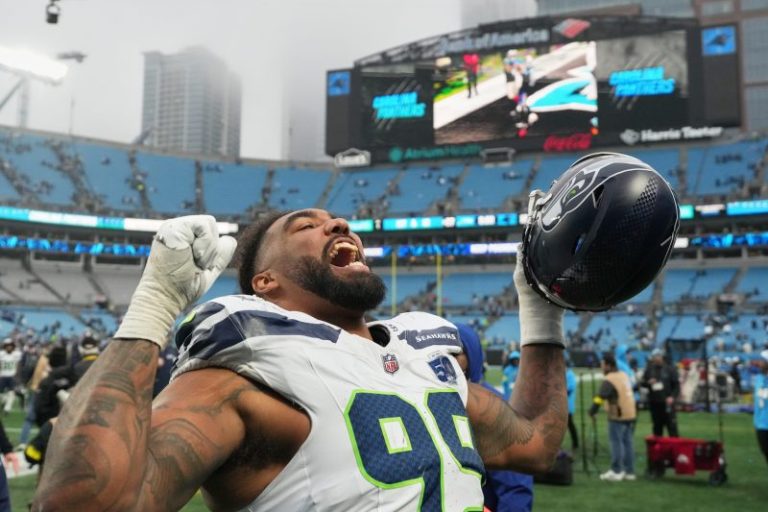The longstanding high school football All-America team, which first kicked off in 1982, returns to the national stage.
Following a season of triumph and record-setting moments, of joys and heartbreaks, of championships and legends, USA TODAY Sports unveils its 2025 ALL-USA National Football Team.
Players from across the country who earned regional honors were finalists for the national recognition, which honors the best players of the 2025 high school football season. These selections highlight not only skill and achievement but also the toughness, leadership, and competitive fire that embody the spirit of the game.
Congratulations to all who were selected to a regional or national team.
2025 ALL-USA National Football Team
The All-America high school football team was selected by the USA TODAY High School Sports staff. Each All-American athlete on the national roster was first selected on the ALL-USA East, ALL-USA West, ALL-USA Midwest, ALL-USA Southeast, or ALL-USA Southwest regional football teams.
Team Captains and Coach of the Year
Offensive Captain — Keisean Henderson, Sr., Legacy the School of Sport Sciences (Spring, Texas)
Defensive Captain — Cincere Johnson, Sr., Glenville (Cleveland, Ohio)
Head Coach — Carson Palmer, Santa Margarita (Rancho Santa Margarita, Calif.)
First Team Offense
Quarterback: Keisean Henderson, Sr., Legacy the School of Sport Sciences (Spring, Texas)
Keisean Henderson was the most dominant offensive player in high school football this year, which earned him USA TODAY Sports Offensive Player of the Year honors. He accounted for more than 400 yards and/or six touchdowns in seven of the 10 games he played. He had an unimpeachable 649-yard, six-touchdown performance. By passing for 3,880 yards at a 74.5% clip with 45 touchdowns and running for 522 yards on 74 carries and 10 scores on the ground, Henderson was unparalleled among quarterbacks this season.
Running Back: Ezavier Crowell, Sr., Jackson (Ala.)
Ezavier Crowell hits like a truck with a 5-foot-11, 205-pound frame. But he plays like a truck that can hurdle defenders and juke his way around would-be tacklers on a dime. He accumulated 2,632 rushing yards and 35 touchdowns in 14 games, running for more than 300 yards in three of the games, and the only game in which he didn’t reach the 100-yard mark was a 50-7 blowout in which he scored four touchdowns on 10 carries.
Running Back: David Gabriel-Georges, Jr., Baylor (Chattanooga, Tenn.)
David Gabriel-Georges battled through injury to put up some of the most impressive rushing lines of the season when it counted most. In the regular season game against rival and reigning two-time champion McCallie, the junior rushed for 280 yards and three touchdowns. In the semifinals rematch, he carried the ball 43 times for 435 yards and seven touchdowns, guiding the Baylor to an eventual title. In 11 games, he had 162 carries for 1,753 yards and 26 touchdowns.
Wide Receiver: Jermaine Bishop, Sr., Willis (Texas)
Jermaine Bishop is one of the most versatile and athletic players in the country, double-dutying as an elite wide receiver and cornerback. On offense, he had 120 receptions for 1,920 receiving yards and 20 touchdowns, and added 424 yards and eight more touchdowns on 45 carries (most of which came in a 258-rushing-yard, four-rushing-touchdown game in September). He had 344 total yards and four touchdowns in the regional playoff round and 227 total yards and three touchdowns in the quarterfinals loss to eventual champion DeSoto (Texas).
Wide Receiver: Roye Oliver III, Soph., Hamilton (Chandler, Ariz.)
The sole sophomore to earn ALL-USA recognition, Roye Oliver III needed only eight games to break the Arizona 6A record for most receiving touchdowns in a season. In the game, he broke the previous record of 24, he recorded 210 receiving yards and two touchdowns on seven receptions against eventual champion Basha (Chandler, Ariz.) Oliver continued to tack on over the next four games, finishing with 1,893 yards and 29 touchdowns on 92 receptions. He also returned two punts for touchdowns.
Tight End: Ian Premer, Sr., Great Bend (Kan.)
A 6-foot-5, 220-pound tight end who can run the ball as well as catch is impossible to stop. Ian Premer had 40 receptions for 734 yards and 14 touchdowns, 56 carries for 620 yards and 14 touchdowns, returned a handful of punts, and had six interceptions — including two pick-sixes — on defense. Premer proved why he’s 247Sports’ No. 1 tight end and is set to take his talents to Notre Dame.
Flex: Landen Williams-Callis, Jr., Randle (Texas)
With 3,502 rushing yards and 59 rushing touchdowns, few had a better season than Landen Williams-Callis. The junior established himself as one of the best backs in the country, rushing for more than 200 yards in 10 games and five or more touchdowns in six. He led Randle to a 15-1 record and a championship game appearance, in which he had 169 total yards and a score.
Offensive Lineman: Jackson Cantwell, Sr., Nixa (Mo.)
Jackson Cantwell did nothing to disprove his No. 1 position in the USA TODAY High School Sports preseason composite rankings for the class of 2026. The 6-foot-8, 305-pound left tackle had 173 pancake blocks over the first 13 games, an average of more than 13 per outing, and helped the Eagles average 48.6 points per game en route to a 13-1 record and championship appearance.
Offensive Lineman: Lamar Brown, Sr., University Lab (Baton Rouge, La.)
It’s unusual to call a lineman one of the most versatile players in the country, but Lamar Brown’s athleticism, strength, and lateral movement make him a star on both the offensive and defensive sides of the line. From the left side of the offensive line, once he got his hands on a defender, that defender would not get by. The protection he offered helped University Lab go 10-3 and average 39 points per game.
Offensive Lineman: Darius Gray, Sr., St. Christopher’s School (Richmond, Va.)
Darius Gray has the size, strength, speed and athleticism to be an elite protector on the offensive line, dominate the defensive line, and bulldoze through opponents on occasional running back snaps. He has good lateral movement and the strength to push defensive linemen back several yards. The top-ranked IOL by 247Sports, Gray helped St. Christopher’s School go 7-4.
Offensive Lineman: Keenyi Pepe, Sr., IMG Academy (Bradenton, Fla.)
Listed at 6-foot-7, 320-pound offensive tackle, Keenyi Pepe was a key fixture for one of the best teams in the country. Manning IMG Academy’s front line, Pepe helped the 9-0 Ascenders average more than 200 rushing yards per game and provided pocket protection that allowed the quarterbacks to throw only two interceptions all season.
Kicker: Mikey Barth, Sr., Basha (Chandler, Ariz.)
Mikey Barth did everything No. 17 Basha could ask of a kicker, kicking 68 touchbacks in 70 kickoffs, making all 64 PATs, and hitting 14 of 16 field goals — including, and arguably most importantly, the game-winner over Liberty (Peoria, Ariz.) in the semifinals.
First Team Defense
Defensive Lineman: Richard Anderson, Sr., Edna Karr (New Orleans, La.)
Richard Anderson proved himself as one of the top-ranked defensive linemen this season as he helped Edna Karr go undefeated, win the championship, and finish as a top-10 team in the Super 25. Listed at 6-foot-4 and 240 pounds, “Big Rich” was unstoppable, picking up key sacks, returning a fumble for a touchdown, and generally providing pressure and forcing attention that led a defense that allowed less than 12 points per game.
Defensive Lineman: Bryce Perry-Wright, Sr., Buford (Ga.)
Bryce Perry-Wright set the tone on defense for the USA TODAY Sports Super 25 national champion Wolves, recording 50 solo and assisted tackles apiece, 17 tackles for loss and seven sacks to go with three forced fumbles and 26 QB hurries entering the championship game. He has a very effective swim move and uses his speed well to get around the outside and into the backfield.
Defensive Lineman: Deuce Geralds, Sr., Collins Hill (Suwanee, Ga.)
Deuce Geralds’ 37 tackles for loss, 16.5 sacks, 45 quarterback hurries and seven forced fumbles made him one of the most fearsome defensive linemen in the country. He led his team in each of those three stats, plus tackles, and was elite against the best teams in the league, combining for five TFLs, a sack, 9 QB hurries, and two forced fumbles against top-10 teams Grayson and Buford. Geralds set the Georgia High School Association (GHSA) record for career sacks with 51.
Defensive Lineman: Luke Wafle, Sr., Hun School (Princeton, N.J.)
With 45 solo and 55 assisted tackles, 37 tackles for loss, and 23 sacks, Luke Wafle was one of the most disruptive linemen this season. He did significant damage against top-10 national teams St. Frances Academy and IMG Academy, recording a combined eight solo and 14 assisted tackles, eight tackles for loss, and two sacks.
Linebacker: Cincere Johnson, Sr., Glenville (Cleveland, Ohio)
Nobody beelines to the ball like Cincere Johnson, who earned USA TODAY Sports Defensive Player of the Year nod. It doesn’t matter where it is — he will meet you, and he will take you down. This season, he had 185 total tackles, 42 tackles for loss, 13.5 sacks and five forced fumbles, according to his X account.
Linebacker: Tyler Atkinson, Sr., Grayson (Ga.)
A major defensive presence for one of the best teams in the country, Tyler Atkinson had 43 solo and 48 assisted tackles, 27 tackles for loss and 10 sacks to go with 24 QB hurries and two forced fumbles. Grayson, which was ranked No. 1 in the Super 25 for part of the season, went 12-1 and gave up an average of 10.5 points per game.
Linebacker: TJ White, Sr., Jackson Academy (Miss.)
One of the top-ranked linebackers in the country, TJ White recorded 88 tackles, 22 tackles for loss and 12 sacks, according to Gatorade. He had a versatile role in the playbook, and when he attacked the quarterback, his agility and mobility allowed him to finesse — or power — his way through double-teams. With good acceleration, once he gets to his man, he hits hard.
Linebacker: Quinton Cypher, Jr., Millbrook (Raleigh, N.C.)
With 48 tackles for loss and 5.5 sacks, few linebackers were more effective than Quinton Cypher once they got behind the line of scrimmage. Extremely good at reading the field, he had 96 solo tackles, 85 assisted tackles, four interceptions, three forced fumbles, and touchdowns on both sides of the ball. Cypher was also disruptive on special teams.
Cornerback: Jermaine Bishop, Sr., Willis (Texas)
Bishop was a turnover machine on the defensive side of the ball, accumulating four forced fumbles and four interceptions, including a pick-six. This goes with 14 passes defended, nine tackles for loss, and 46 solo and 40 assisted tackles.
Safety: Jireh Edwards, Sr., St. Frances Academy (Baltimore, Md.)
Jireh Edwards had 167 tackles and six interceptions, two of which he returned for touchdowns, according to Gatorade. Behind his presence at defensive back, St. Frances Academy gave up only 87 points in nine games recorded on MaxPreps, four of which were shutouts.
Flex: Jaden Walk-Green, Sr., Centennial (Corona, Calif.)
Jaden Walk-Green had 10 interceptions and four pick-sixes, according to the LA Times. Two picks, one returned for a touchdown, were against Mater Dei, helping Centennial secure an early-season victory against the then-No. 1 team. Walk-Green also contributed with kicking, punting and returning duties for No. 10 Centennial.
Punter: Jimmy Gregg, Sr., University (Morgantown, Wv.)
One of the top-ranked punters in the country, Jimmy Grigg averaged 45.8 yards on his 49 punts, putting 25 of them inside the 20, 13 inside the 10 and not recording a touchback all season.
Second Team Offense
Quarterback — Jett Thomalla, Sr., Millard South (Neb.)
Jett Thomalla’s throws look effortless, despite high-level accuracy on short and deep passes. He amassed 3,484 passing yards and 58 touchdowns on a 72.6% completion rate in 12 games despite playing only half of some as Millard South had an average margin of victory of 57-3. In the championship game, Thomalla went 15-for-21 for 288 yards and seven touchdowns in the first half alone, securing a championship and his position on the ALL-USA team.
Running Back: Ty Keys, Jr., Poplarville (Miss.)
Ty Keys broke out as a junior, racking up 3,285 rushing yards and 45 rushing touchdowns in 13 games. He accounted for 63% of all Poplarville’s offensive yards this season, according to MaxPreps, including a 506-yard, eight-touchdown regular-season game, a 436-yard, seven-touchdown game in the quarterfinals, and nearly willed his team to a semifinals win with 316 yards and two touchdowns, which was 86% of all the team’s yardage.
Running Back: SaRod Baker, Jr., DeSoto (Texas)
SaRod Baker had an excellent regular season, racking up 1,600 yards and 25 touchdowns in 10 games. In the playoffs, he was different. Baker burst out in a way that attracted attention and offers from Div. I teams in the College Football Playoffs as he essentially doubled his season output in the postseason, recording 1,628 rushing yards and 21 touchdowns in six playoff games, according to the Athletic, as he led DeSoto to an impressive championship.
Wide Receiver: CJ Sadler, Sr., Cass Tech (Detroit, Mich.)
CJ Sadler helped Cass Tech achieve national notoriety this season with 65 receptions for 1,583 yards, good for 113 per game, and 32 total touchdowns. Twenty-one TDs were receptions, but two were rushes, one was a pass, one was a pick-six and seven were kick and punt returns.
Wide Receiver: Ethan ‘Boobie’ Feaster, Sr., DeSoto (Texas)
Feaster had some of the best highlight catches of the season, and his skill set is reflected in his stats: He had 85 receptions for 1,676 yards (105 per game) and 18 touchdowns for champion DeSoto. Feaster had 167 receiving yards and two touchdowns in the championship game.
Tight End: Kaiden Prothro, Sr., Bowden (Ga.)
With 85 receptions, 1,115 receiving yards and 27 touchdowns, Kaiden Prothro’s receiving chops rivaled those of WRs. He also showed his hands on defense, where he had three interceptions for GHSA Class A Div. II champion Bowden.
Flex: Cederian Morgan, Sr., Benjamin Russell (Alexander City, Ala.)
With explosive movement and the ability to go up to get the ball, Cederian Morgan showed why he’s one of the top-ranked senior wide receivers. He had 82 receptions for 1,419 yards (101 per game) and 16 touchdowns, including 256 yards and two touchdowns in the quarterfinals and 182 yards and two TDs in the semifinals.
Offensive Lineman: Kaeden Penny, Sr., Bixby (Okla.)
Bixby’s eighth straight championship team averaged 60.4 points per game, and Kaeden Penny’s presence on the offensive line was a key reason why. Still a junior, he has good speed and strength, can get in front of multiple defenders when necessary, and head coach Loren Montgomery called Penny one of the most talented linemen he has coached in his 26 years.
Offensive Lineman: Felix Ojo, Sr., Lake Ridge (Mansfield, Texas)
Felix Ojo has a unique ability to move across the line at the snap of the ball, almost like pre-snap movement for receivers or backs, setting up offensive action that the defensive line isn’t prepared for. His strength opens holes for ball carriers, and he’s able to get hands on multiple defenders to sow chaos downfield.
Offensive Lineman: Kodi Greene, Sr., Mater Dei (Santa Ana, Calif.)
Kodi Greene moves very well for a player of 6-foot-5.5 and 320 pounds. He can block multiple defenders on the same play, and has the speed to move downfield and keep up with the action when necessary. Greene was a key part of the Mater Dei offense that took down top-10 teams St. Thomas Aquinas and Bishop Gorman.
Offensive Lineman: Immanuel Iheanacho, Sr., Georgetown Preparatory (North Bethesda, Md.)
When watching Immanuel Iheanacho, it seems more often than not the 6-foot-6.5, 345-pound IOL either puts the defensive lineman several yards away from where the DL wants to be or puts him on the ground. He’s adept at running downfield to trail and play, and he provides additional blocking as well.
Kicker: Harran Zureikat, Sr., Fox Chapel Area (Pittsburgh, Pa.)
With an argument as the most talented kicker in high school football, Harran Zureikat broke the Western Pennsylvania Interscholastic Athletic League record with a 57-yard field goal, and though it doesn’t count, he hit the crossbar from 65 yards out. He had 32 touchbacks on 24 kickoffs and also handled punting duties.
Second Team Defense
Defensive Lineman: Carter Buck, Sr., Lake Travis (Austin, Texas)
Carter Buck’s 66 solo tackles (and 19 assisted), 36 tackles for loss and 22 sacks, plus three forced fumbles and an interception, helped lead a Lake Travis team that went undefeated through 14 games before falling in the semifinals to eventual champion North Shore (Houston, Texas). He had five tackles and 3.5 sacks in the quarterfinals win.
Defensive Lineman: Jordan Carter, Sr., Douglas County (Ga.)
Jordan Carter had 47 solo and 35 assisted tackles, 23 tackles for loss and 18 sacks for a very good Douglas County team. He showed up against elite talent — in three total games against No. 1 Buford and No. 4 Carrollton, he combined for 26 tackles, seven tackles for loss, and five sacks.
Defensive Lineman: Aaden Aytch, Sr., Lafayette Jefferson (Ind.)
Fluid and speedy off the edge, Aaden Aytch put together an excellent season, racking up 70 solo tackles, 42 assisted tackles, 33.5 tackles for loss, 19.5 sacks, 32 hurries and six forced fumbles. He helped Lafayette Jefferson go 10-2 and led the state of Indiana in sacks, according to the Journal & Courier.
Defensive Lineman: Prince Williams, Sr., Bishop Gorman (Las Vegas, Nev.)
An incredibly productive player since his sophomore year, Prince Williams put up career-best numbers as a senior with 75 solo tackles (16 assisted), 44 tackles for loss, 13 sacks and three forced fumbles. He uses his speed to his advantage to beat offensive linemen around the edge, and was an important part of No. 2 Bishop Gorman’s 11-1 championship season.
Linebacker: Xavier Griffin, Sr., Gainesville (Ga.)
While Griffin is very adept at rushing the passer and getting into the backfield, his role is often to man the middle, combining patience and explosiveness. He had 67 solo tackles, 29 assisted, 12 tackles for loss and four sacks, along with an interception, for 12-3 Gainesville.
Linebacker: Anthony Jones, Sr., St. Paul’s Episcopal (Mobile, Ala.)
Playing from OLB and EDGE — and getting some snaps on offense out of the wildcat formation and at receiver — Anthony “Tank” Jones was one of the more versatile linemen in high school football. With the speed Jones has at his size, he was a menace during the season and projects to continue this at Oregon.
Linebacker: Roman Igwebuike, Jr., Mount Carmel (Chicago)
Roman Igwebuike was key for an excellent Mount Carmel squad, a team that went undefeated and allowed 17.4 points per game. The four-star junior recorded 115 total tackles, 13.5 tackles for loss, seven sacks, a pair of interceptions and three forced fumbles.
Linebacker: Jalaythan Mayfield, Jr., Lincolnton (N.C.)
Jalaythan Mayfield took care of business without assistance, recording 125 solo tackles with 27 assisted, according to MaxPreps. This, with six forced fumbles, six sacks, and 26 tackles for loss, showcased his skill set as one of the toughest linebackers in high school.
Cornerback: Jorden Edmonds, Sr., Sprayberry (Marietta, Ga.)
With five interceptions, 28 solo tackles (eight assisted), three tackles for loss and a forced fumble, Jorden Edmonds was one of the top defensive backs in high school football. He also scored nine touchdowns on offense.
Safety: Jett Washington, Sr., Bishop Gorman (Las Vegas, Nev.)
The No. 1-ranked safety on 247Sports, Jett Washington had 48 total tackles, four interceptions — including a pick-six — and two forced fumbles this season.
Flex: Ayden Pouncey, Senior, Winter Park (Fla.)
Ayden Pouncey intercepted seven passes, which is impressive in its own right. He returned five of them for touchdowns, an absurd figure. In total, he had 16 touchdowns on the year, with nine on offense and a punt and a kick return each.
Punter: Wade Register, Sr., Trinity Christian (Dublin, Ga.)
The No. 2-ranked punter on Kohl’s, Wade Register averaged 46.8 yards per punt and placed 12 of them inside the 20-yard line.

